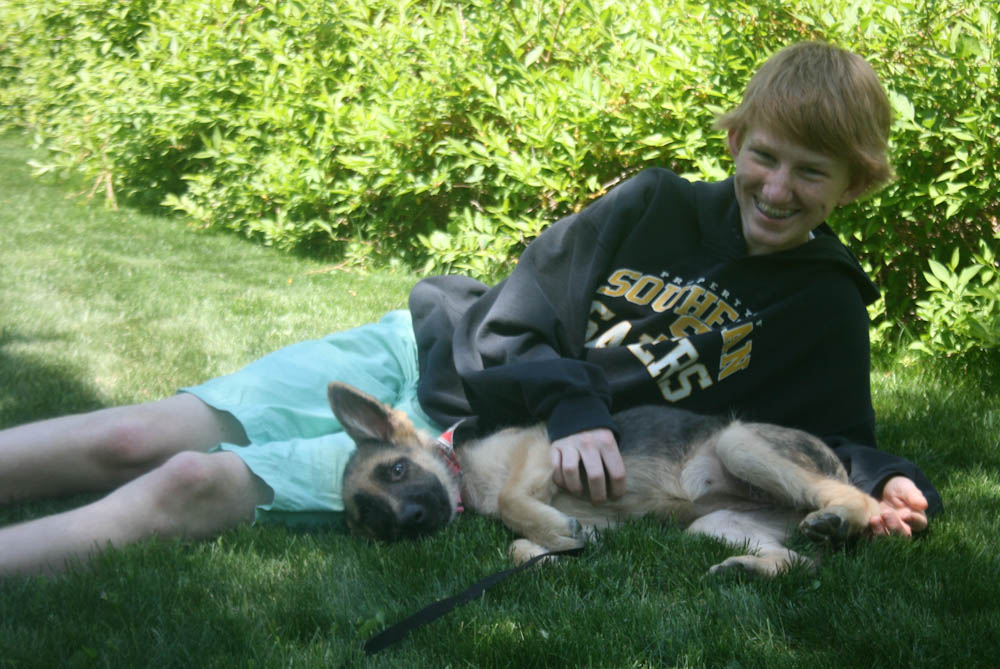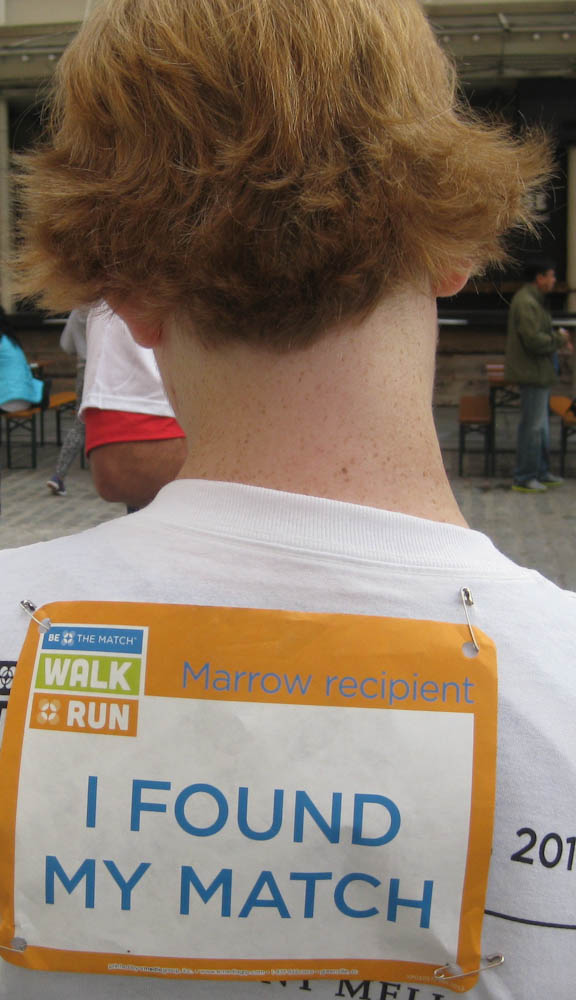Drew D’Auteuil is a 17-year-old animal-loving, skiing, rowing, volleyball- playing, honor roll student with braces and a shock of red hair. Although he may seem like a typical teen, D’Auteuil has survived rare, life-threatening complications of a stem cell transplant for severe aplastic anemia.
“It’s eye-opening to realize how fragile life really is when you’re young,” he says.

D’Auteuil’s transplant journey began in June 2009 when he was diagnosed with aplastic anemia, a condition where the bone marrow produces too few oxygen-carrying red blood cells, too few infection-fighting white blood cells, and too few clot-promoting platelets. Over the next 11 weeks, he was admitted to Boston Children’s Hospital 14 times and spent no more than 20 hours at home at a time. He also received blood transfusions two or three times a week. In November 2009, he had the stem cell transplant to replace his failing bone marrow with healthy marrow. Back home, he was in isolation, able to see friends only outdoors and working with a tutor to keep up in school.
One day, five months after his transplant, D’Auteuil was biking with a friend near his New Hampshire home, suffering little more than a mild cough. The next day he was in the intensive care unit at Boston Children’s Hospital for respiratory failure. Soon other organs were failing, too. Quick action by ICU and transplant clinicians saved the boy’s life.
Read more:
Although the donor stem cells would cure his aplastic anemia, D’Auteuil developed Idiopathic pneumonitis syndrome (IPS), a dangerous inflammation of the lungs that occasionally arises in transplant patients who receive stem cells from an unrelated donor.
“IPS is a very rare but known complication of stem cell transplant, with a high fatality rate,” says Allison O’Neill, MD, D’Auteuil’s pediatric hematologist/oncologist at Dana-Farber/Boston Children’s Cancer and Blood Disorders Center. “Drew’s ICU and transplant teams showed a lot of foresight. They gave him a drug that dampens the abnormal immune response thought to contribute to IPS, and he started on his long road to recovery.”
IPS added another 10 months to D’Auteuil’s isolation – including weeks of using a walker and struggling to even turn his head.
None of this dramatic history is evident on first meeting D’Auteuil today.

He is a junior now at Sowhegan High School in Amherst, N.H., taking a full course load that includes anatomy and physiology, pre-calculus and AP psychology online. “I like to push myself,” he says. He also rows on his school’s crew team, works part-time at the Boys and Girls Club and spent his summer volunteering with the Animal Rescue League.
Today, D’Auteuil receives physical therapy for a mild case of graft-versus-host disease that causes some stiffening of his body.
“It’s definitely life-changing physically and mentally. I have a different outlook than other kids my age. I don’t take things for granted,” D’Auteuil says. “I’m not a physical powerhouse. Just doing sports is remarkable – and something I never thought about before this happened.”
In April, D’Auteuil and his family traveled to Germany to meet his donor, Steven Manro. He, his wife and 2-year-old daughter hosted a barbecue for the visitors.
“I know it’s a great gift for the D’Auteuils, but it was a rather small act for me,” Manro says.
D’Auteuil knows the importance of Manro’s gift. “It was like meeting a friend for the first time,” D’Auteuil says.
Learn more about aplastic anemia and Dana-Farber/Boston Children’s Stem Cell Transplant Center.


Drew is my inspiration!! Thank you for sharing DFCI! Check out his story at http://www.anatomyofamiracle.com
You’re an amazing young man!